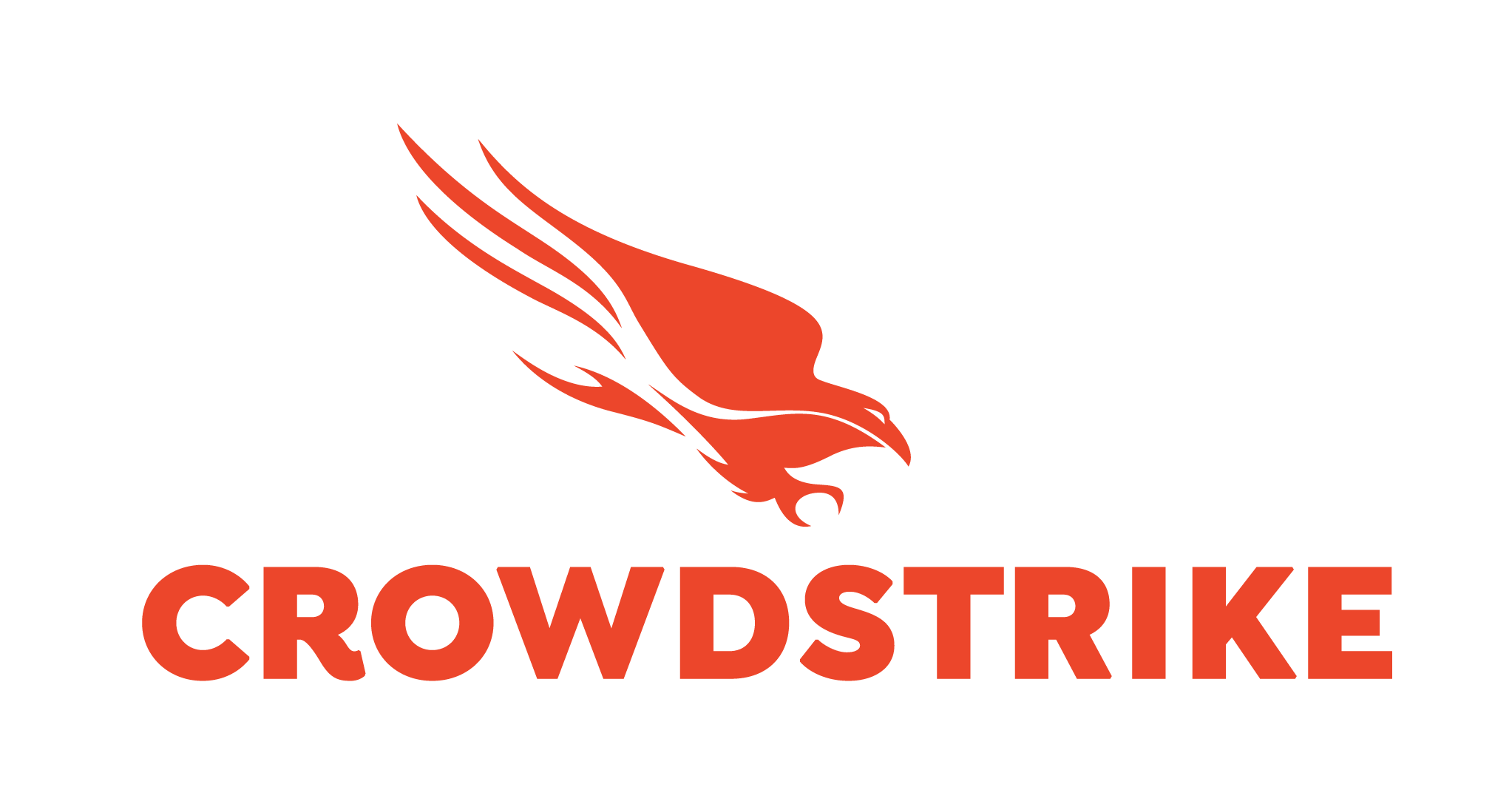No one story can encapsulate governments’ experiences in 2020. Those ran the gamut, after all – success, failure, everywhere in between.
But while there’s not an easy-to-tie bow and ribbon – Is there ever? – that nicely wraps up singular government’s 2020, there are trend lines. Mainly, agencies have charted moves to hybrid and telework environments, digital accessibility and literacy, and online services, whether they wanted to or not.
“Because we worked so hard to not make it an alternate path or a different thing, we really just made it part of how we do business,” said Bill Zielinski, the Chief Information Officer (CIO) in charge of the Dallas’s strategic tech initiatives, on a GovLoop webinar Wednesday.
The stories and experiences government leaders relayed are striking, in that while agencies had more to do this year, the pressing and unique circumstances had them moving boulders that had been blocking progress. Some of their achievements are bucket-list items designated for completion in the long term, until the pandemic forced them to get those out of the way.
Successful agencies tended to have prior prioritization or clear direction for technology, according to Sanjay Gupta, Chief Technology Officer (CTO) for the Small Business Administration (SBA). And the organizational and structural clearance to move quickly, in sign-off and process, has been a must.
“Speed and acting with confidence are the lowest common denominators,” said James Yeager, Vice President of Public Sector and Health Care for CrowdStrike, a cybersecurity company that works with governments.
Below are stories of innovation from a few agencies the panel highlighted.
Innovation Examples
Veterans Affairs Department
Recently, the Veterans Affairs Department (VA) filed for a patent. It’s an idea that has crossed minds before but, if approved, will mark another government breakthrough: see-through face masks.
A group of VA employees and scientists pitched the idea when they noticed that hard-of-hearing patients were having trouble hearing VA personnel with masks on. Since taking off masks, proven to dramatically prevent the spread of COVID-19, wasn’t an option, the group of employees noticed that visual cues as to what’s being said were missing when the bottom portion of the face is obstructed, and that was addressable. In other words, everybody lipreads, and that’s part of how people understand language.
That’s not the only innovation at VA either. A group of top technologists at the agency and the Veterans Health Administration created a COVID-19 chatbot to relay information about testing sites and protocols.
Takeaway: “We’ve been able to make those adaptations and be super, super agile with our delivery services.” – Barbara Morton, Deputy Chief, Veterans Experience Office
Small Business Administration
A smaller federal agency, SBA quintupled the size of its workforce to meet the need for small business loans and paycheck protection. With more people a part of the charge, the agency, known for its investments in cloud technology, trekked even further into the online and digital world by rolling out new citizen-facing portals on its website for services from applications to information.
Ordinarily, projects like these in government take months – there’s development, testing, configuring, security checks and revisions. SBA generated its pandemic-era portals with times from a day to eight days.
Takeaway: “The investment in IT modernization needs to continue on, and that investment doesn’t just need to continue from a technology standpoint. It needs to continue from a people standpoint.” – Sanjay Gupta, CTO, SBA
Dallas City Government
The digital divide exists even in America’s largest, wealthiest cities. Though governments are aware of it, with a cyclone of competing priorities, the digital divide is rarely the one for which all efforts come to bear.
During the pandemic, Dallas had to address the digital divide to deliver services. As it closed offices and took services online, Dallas had many residents still stuck without Wi-Fi. The city did the basic emergency response run-through – distributing hotspots, lending out mobile devices and setting up networks in library parking lots. But to withstand what all indications point to being more than a year of digital-first governance, Dallas couldn’t ignore digital divide.
As a result, the city spoke to cable and internet providers about expanding their access, and the city offered its resources – like community gyms, fire stations and light posts for hardwired infrastructure – to make the project worth the companies’ time.
Both sides got something out of it. The providers got a broader customer base. The city got to chip away at the digital divide. And residents, who might have been “out of zone” before, now could get access to internet within their own homes.
Takeaway: “Because we worked so hard to not make it an alternate path or a different thing, we really just made it part of how we do business.” – Bill Zielinski, CIO, Dallas
General Services Administration
Somehow, someway, GSA – or the General Services Administration, the federal agency charged with managing buildings and reducing duplicative spending – improved employee productivity during the pandemic. That’s according to numbers from Traci DiMartini, Chief Human Capital Officer (CHCO) at GSA.
At any given time, 95-98% of GSA’s workforce teleworked during the pandemic. As a forward-leaning agency, GSA already had a large majority of its employees teleworking some or all of the time, so many of those foundations for long-term telework were already in play. One crucial piece was that GSA had turned to Zoom videoconferencing in January 2020 – a two-month head start that made all the difference.
GSA did have to make some changes to maintain – or as it turns out, improve – productivity. For example, leadership stressed the importance of managers giving more personal attention to employees in a virtual setting.
Takeaway: “We are seeing gains in productivity because people are not spending two hours a day commuting into the office and then two hours commuting back home.” – Traci DiMartini, CHCO, GSA
This online training was brought to you by:





Leave a Reply
You must be logged in to post a comment.